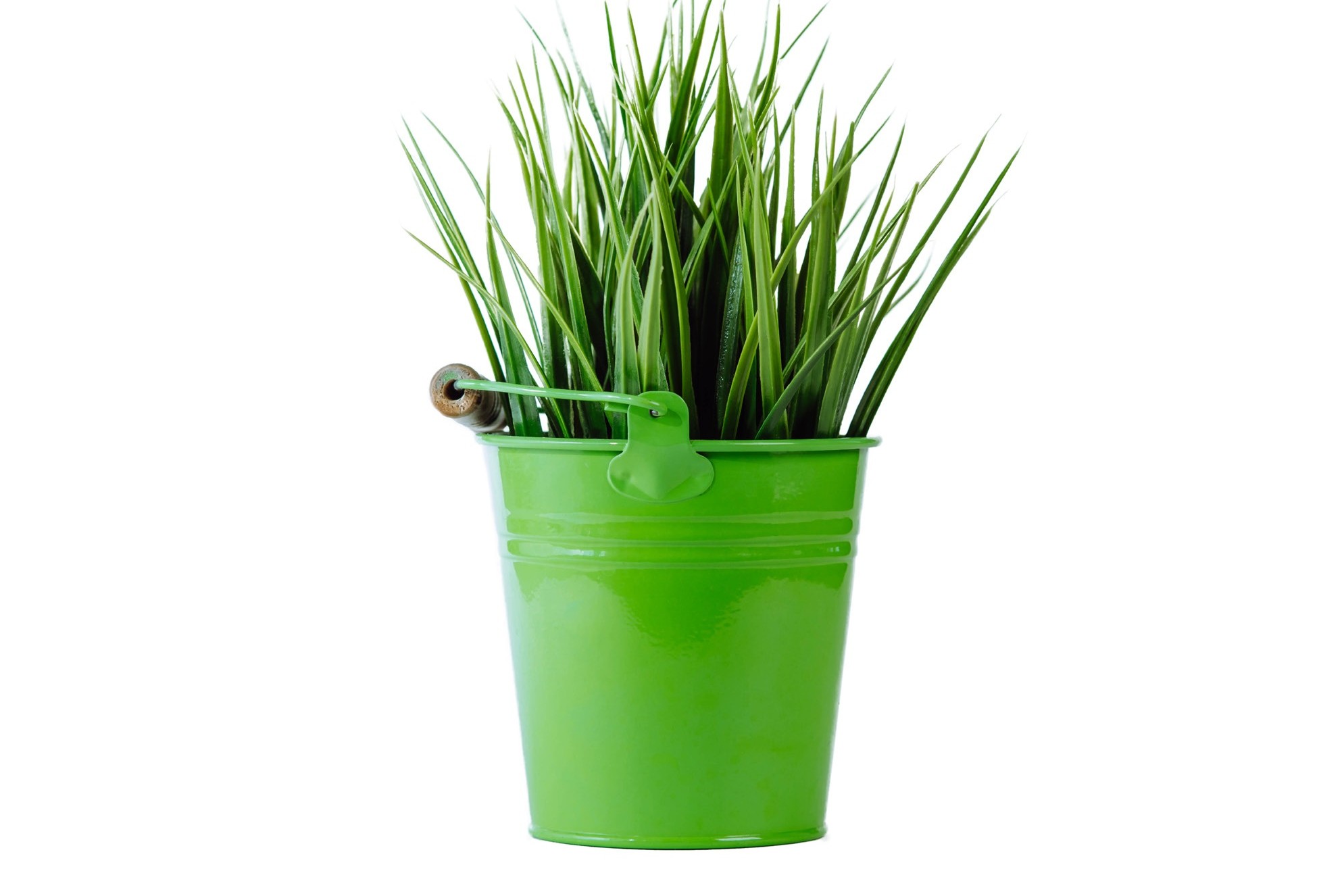After digging a tractor out of the mud, Richard Reynolds goes digging into the He Waka Eke Noa proposals.
I have been going through a grief cycle lately. No major deaths, hand-cutting or job losses this month – just coming to terms with the Zero Carbon Act and resulting agricultural emissions pricing options to be found in He Waka Eke Noa.
I, like many people, years ago was in the first stage of grief – DENIAL. I am still meeting many farmers and, more concerning, rural professionals in this stage.
The argument tends to go that the Government is not that stupid to shut down New Zealand’s economic engine, it’s all too complicated and I just don’t have time to follow it. Most commonly though is, ‘it does not affect me and what can I do about it?’
The five stages of grief do not have to follow the prescribed order. After getting a tractor stuck in a marginal block of land, failing to get it free with the second tractor and failing with the brute force of a digger, I managed to free it by showing a helper how to tie posts on to the wheels.
A pop quiz on the subject with a group of farmers over beers showed very low engagement on a topic that will have more impact on farming than clean waters.
This all happened 17 days ago when we were wet. I now look out across paddocks turning a new shade of brown every day and wish I could get a tractor stuck now.
So when DairyNZ and Beef and Lamb sent me an email about He Waka Eke Noa or emission taxing for agriculture I entered the BARGAINING stage.
Here I had a block of land that was starting to cost money. I can plant it in trees, earn money and save the world, winner!
After reading through the proposal I started to feel ANGER. The more research I did the more anger I felt. My area could only be planted in natives and this can cost upwards of $13,000/hectare versus my plan for poplars homegrown approaching $700/ha.
It looks to me like there is some choosing of which science we want to accept. I am also told that for dairy the rate of tax will be about $0.05/kg milksolids (MS) in 2025. There are no predictions on what the cost would be in 2050, which is not that far away really.
The lack of information and research that I have found has led to DEPRESSION. I have asked many rural professionals, from bankers of varying colours to a senior member of the Reserve Bank, and DairyNZ and I have not found any that have done research as to what this could mean for their clients.
From the look of it for dairy farmers a bit of pain, but for sheep, beef and especially deer this could mean lots of pain.
All this work at present may be of little use as the modelling shows a reduction in greenhouse gases of 1%. This has not made James Shaw the Minister of Climate Change very happy and there is still the option of the Government taking stronger action.
The line that is repeated is that the less feed eaten the lower GHG emissions, a more truthful line is the less produce made the lower the GHG emissions.
I have to say I am depressed about the innovation and patch protection that has happened from our industry leaders and also the level of farmer interest. A pop quiz on the subject with a group of farmers over beers showed very low engagement on a topic that will have more impact on farming than clean waters.
I am now ACCEPTING that I have to go to one of the meetings coming up and organised by Beef +Lamb, Federated Farmers and DairyNZ. I have also accepted that walking away from the land where I got stuck makes both financial and environmental sense.





